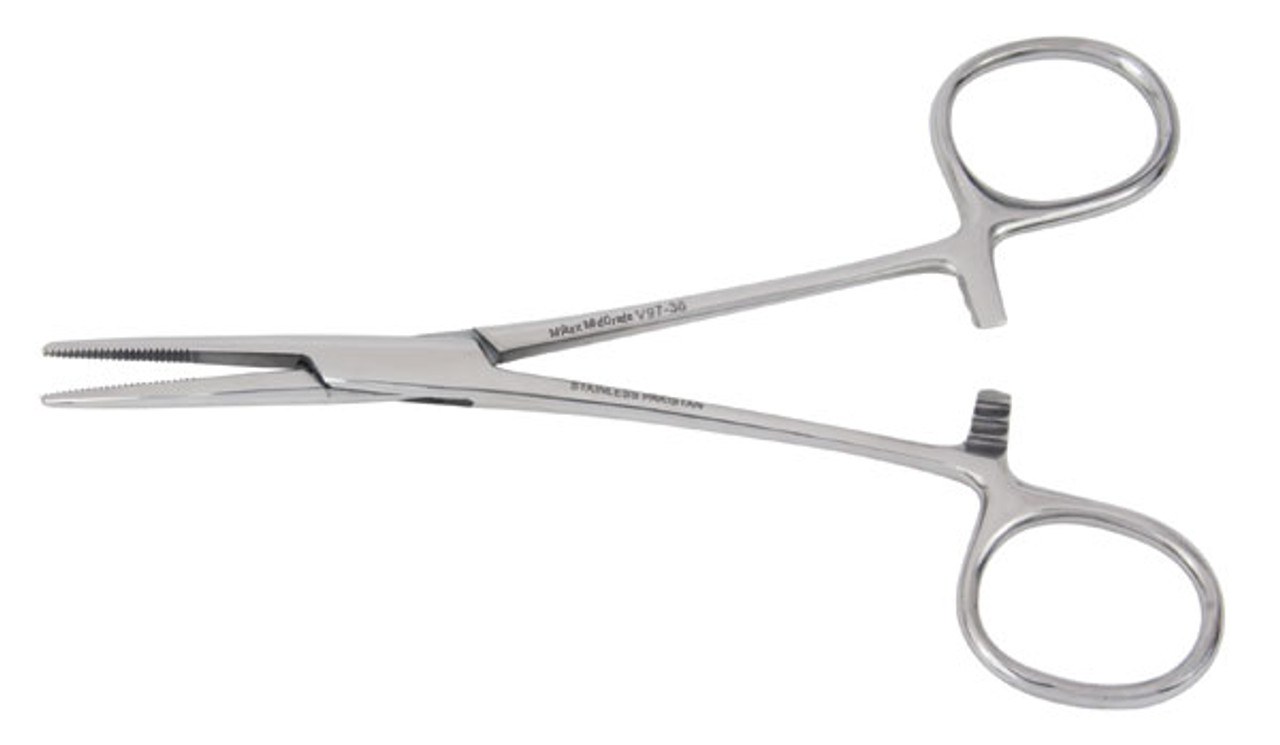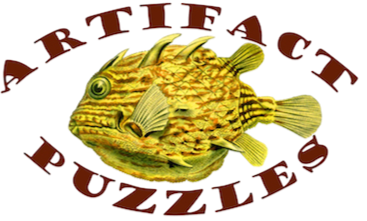This is a guest blog post from puzzle investor Timothy Wright:
The wimmin in my life tell me that the one human ability that distinguishes us from all other life forms on earth is our ability to accessorize. So it only stands to reason the critical importance of having jigsaw accessories. In this post, I'll share some of the accessories I've found most useful.
I like to use two jigsaw puzzle boards: I can sort pieces on one board and assemble the final puzzle on another board. I imagine a white linen table cloth with a soft under padding would also work. The key thing is the lighter and more neutral the color the better the contrast making it easier to see the pieces and their edges. The felt on the puzzle boards helps with just the proper grip on the pieces; it is very amenable to manipulations.
I have never tried mats that one can supposedly roll-up with a puzzle intact, I just would not expect that to work well with ¼” thick wood puzzles.
Some of Artifact puzzles use a trick they call “non-unique pieces,” meaning pieces are made to fit perfectly in all the wrong places just to throw puzzleros off. Imagine you have a large puzzle and you think you are almost done. Then you must find all the errors and swap out many pieces, doing minimal harm to the “fabric” of puzzle you created. Oh yea, one step forward and fifteen steps backward? Their connectorless puzzles pose the same problem.
Obviously, the solution is to make like a surgeon and grab your trusty hemostat so you can remove and replace one piece out of the matrix and do no harm:

Here's a 12 second video illustrating grabbing a piece out of the impish Piet Mondrian windmill puzzle.
Big River Retail has ‘em, no medical degree or Hippocratic Oath required. Buy a two nice pair for about $10, the longer the tips, the gentler it is on the puzzle pieces. Once you have a pair around your domicile, it is remarkable the many and varied uses one can find for a hemostat.
I ordered an inclined frame to support my puzzle board at an angle, but found it was not large enough to support my entire board in a stable fashion. Total waste of my $30. You have been warned.
The tissue paper in the boxes is all very nice, but sometimes a puzzle piece will hang up in the tissue, and I think that I am missing a piece, but really it's just hiding out in the box. So I prefer to store pieces within puzzle boxes using zip-lock baggies, they come in all sizes. I find quart and gallon sizes most useful. Some of Artifact's boxes close with a hidden magnetic latch, but those might fail if the world’s magnetic poles suddenly reverse one morning. Maybe it’s just my redundant paranoia, but I sleep better knowing that my puzzle pieces are under complete control when they are out of my sight. In ziplock bags I have the issue completely contained.

I buy thick foam boards in a variety of sizes and colors at an office supply store. The size of the puzzle dictates the size of the board needed. The foam board is thick and provides a sturdy surface on which to work. It’s also easy to move a puzzle in progress when it’s on the foam board……I do this frequently since I work puzzles on my kitchen table. The smooth surface is perfect for easily moving the pieces around. You can find boards with a different color on each side. White is a good choice for dark puzzles. I’ve worked several puzzles on blue, green, and yellow boards….which really enhances the look of the finished puzzle. I use a little stand meant to display decorative plates to hold the lid of the wooden box so I can see the picture as I work the puzzle….they fit on there perfectly and sit at just the right angle. Finally, I use a little LED desk lamp to help highlight the pieces….especially useful for dark puzzles.